If you’re looking for a plant-based alternative to the light-as-air, soft and delicate angel food cake, this recipe for vegan angel food cake is the best I’ve ever tried. It’s made with only six ingredients, just like the classic version, and calls for only 20 minutes of preparation, with no deep knowledge of baking needed to pull it off.
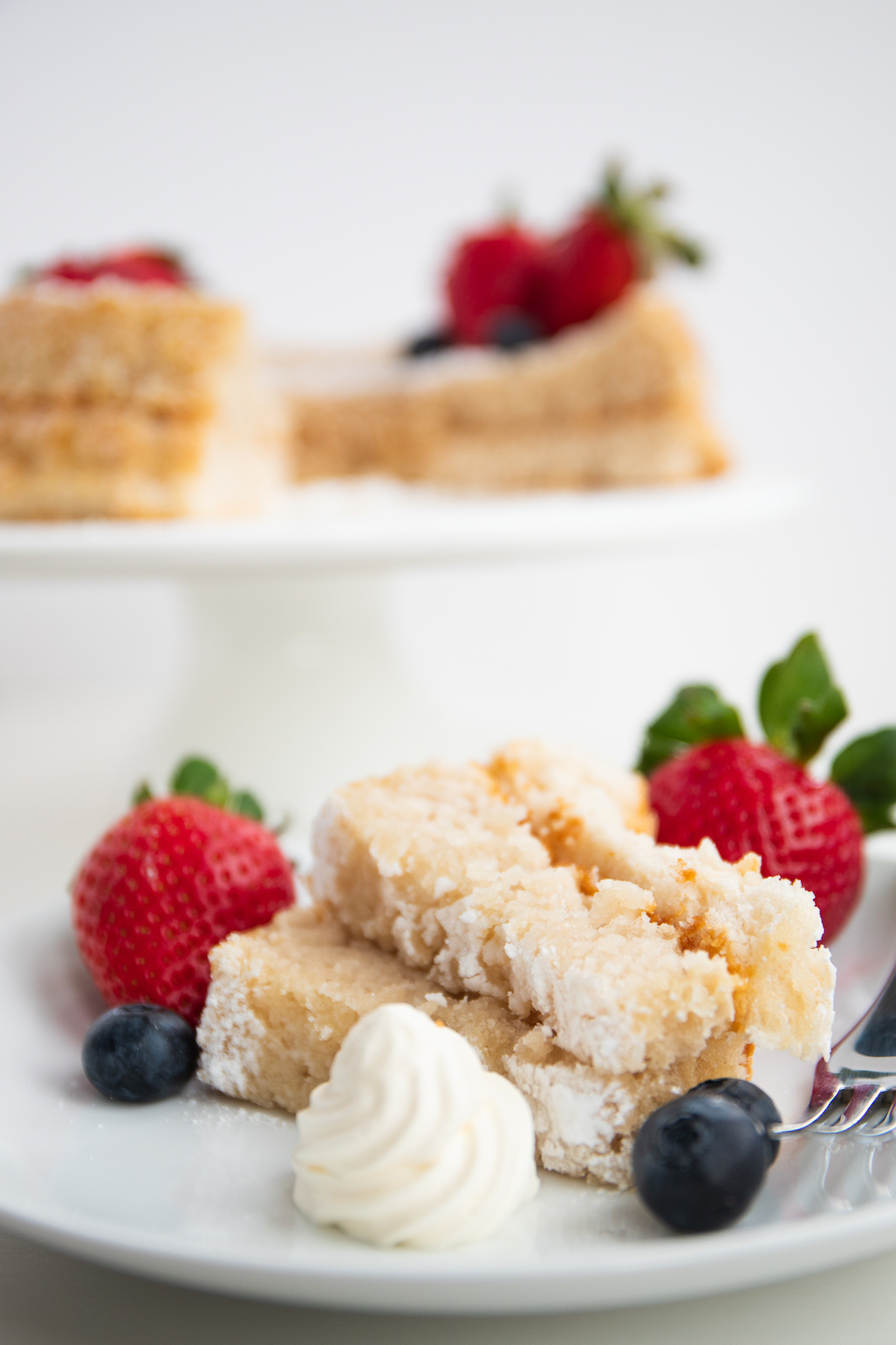
Important Information
An angel food cake is difficult enough to make, but a vegan one is an even bigger challenge. To make sure this recipe turns out well for you, I encourage you to read the whole post. It’s better to take an extra 10 minutes to read up than to waste even more time and money on a cake that doesn’t work out.
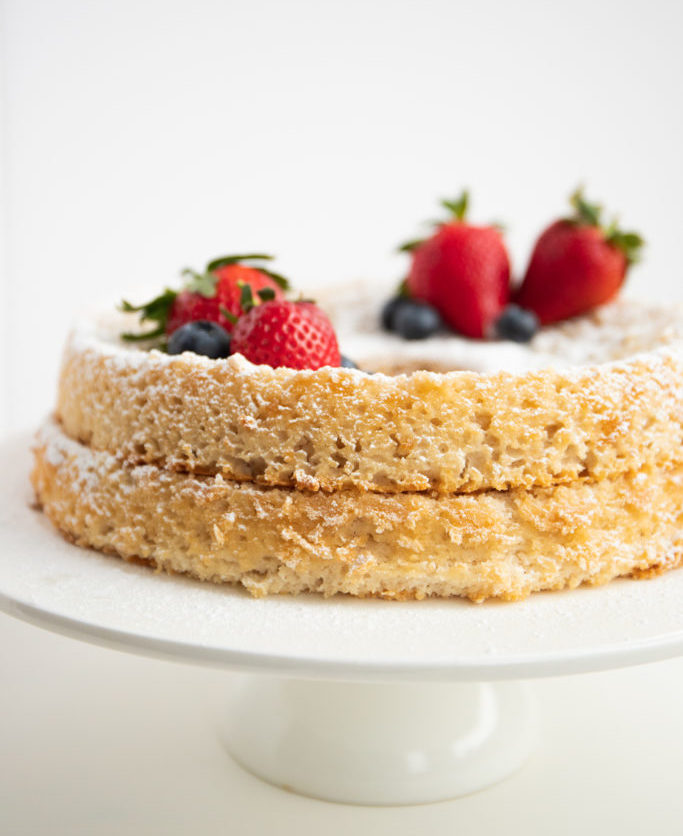
Is a Vegan Angel Food Cake Really Worth the Effort?
If you’re looking for a plant-based alternative to the heavenly dessert, this recipe is definitely worth the time and effort. Like your typical angel food cake, it:
- Has a heavenly soft texture and gentle flavour
- Is lower in calories than any other cake
- Is virtually fat free with only 1 gram of fat per slice
- Requires only 20 minutes of preparation, in spite of the dauntingly long list of instructions
Vegan Angel Food Cake Ingredients
This recipe calls for only six ingredients, so it’s important to measure them carefully, not use any substitutions, and follow the recipe closely.
Aquafaba: is the perfect substitute for egg whites. If you beat it, it will turn into the perfect vegan meringue.
Cream of tartar: is an acid that helps stabilise aquafaba when whipped.
Ground sugar: pulse granulated sugar in a blender or food processor until finely ground. This is because granulated sugar is too coarse, and powdered sugar dissolves too quickly not the meringue.
Vanilla extract: adds flavour.
Chickpea flour: is a common vegan egg replacer that helps to stabilise the meringue.
All-purpose flour: use exactly one cup and one tablespoon of sifted all-purpose flour.
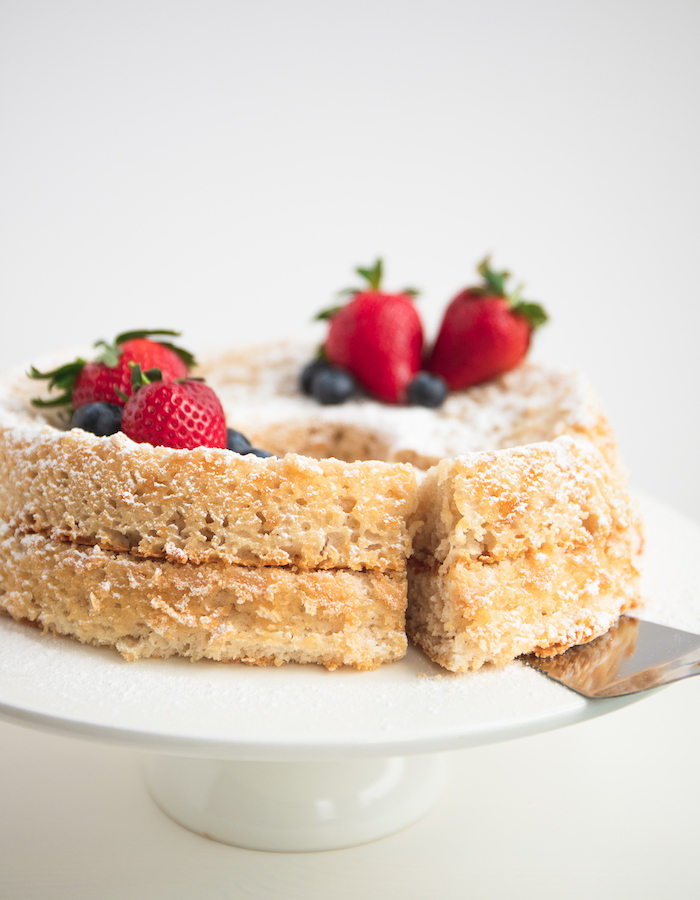
How to Make Vegan Angel Food Cake
Step One – Make Vegan Meringue
Beat aquafaba, cream of tartar and vanilla together. Beat for at least 6 minutes with a hand mixer, first on low and then gradually increasing the speed to high. Slowly add the sugar, one tablespoon at a time, while continuing to beat. Beat for at least 2 more minutes.
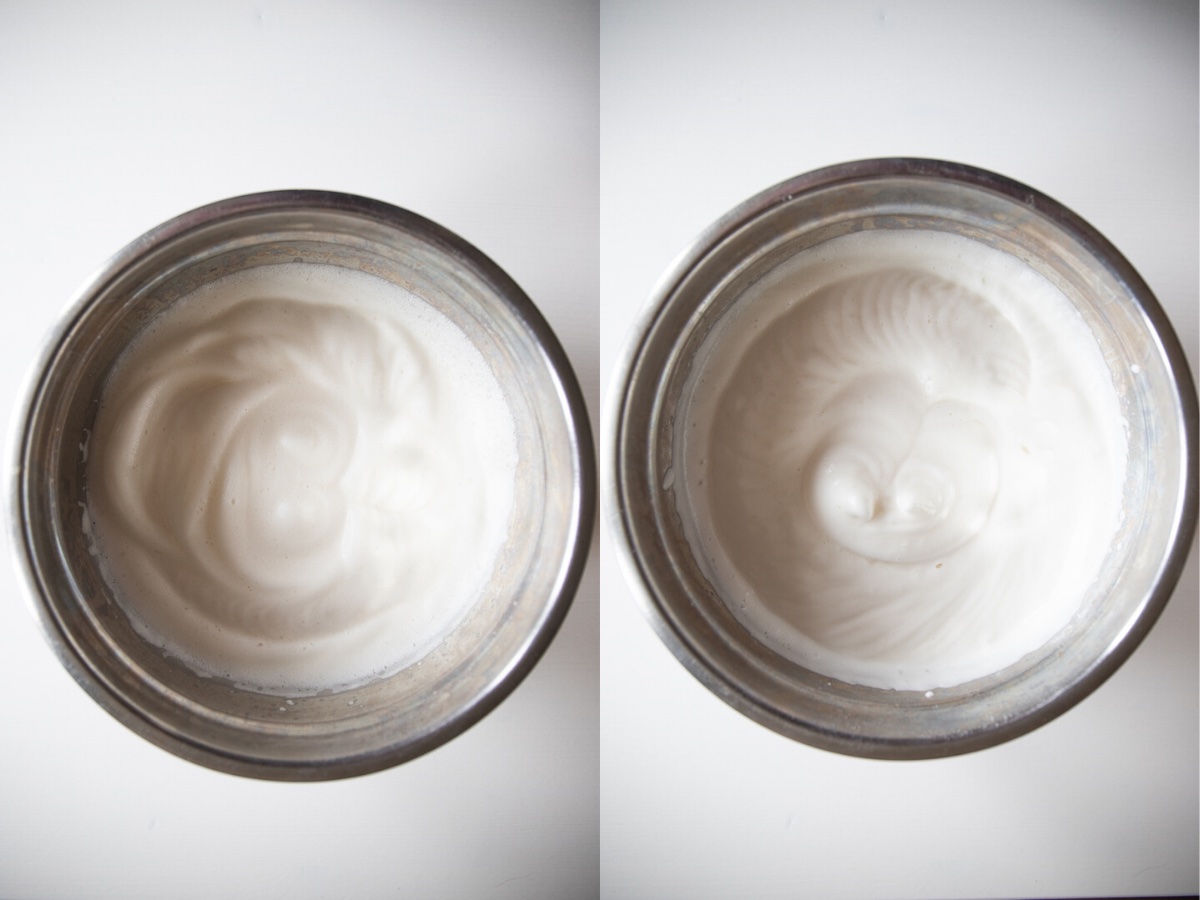
Step Two – Prepare the Cake Batter
Add one tablespoon of chickpea flour and beat until the mixture turns white again. Slowly fold in sifted flour. Do not over mix. Adding flour will deflate the meringue, so make sure you work quickly from this point on.
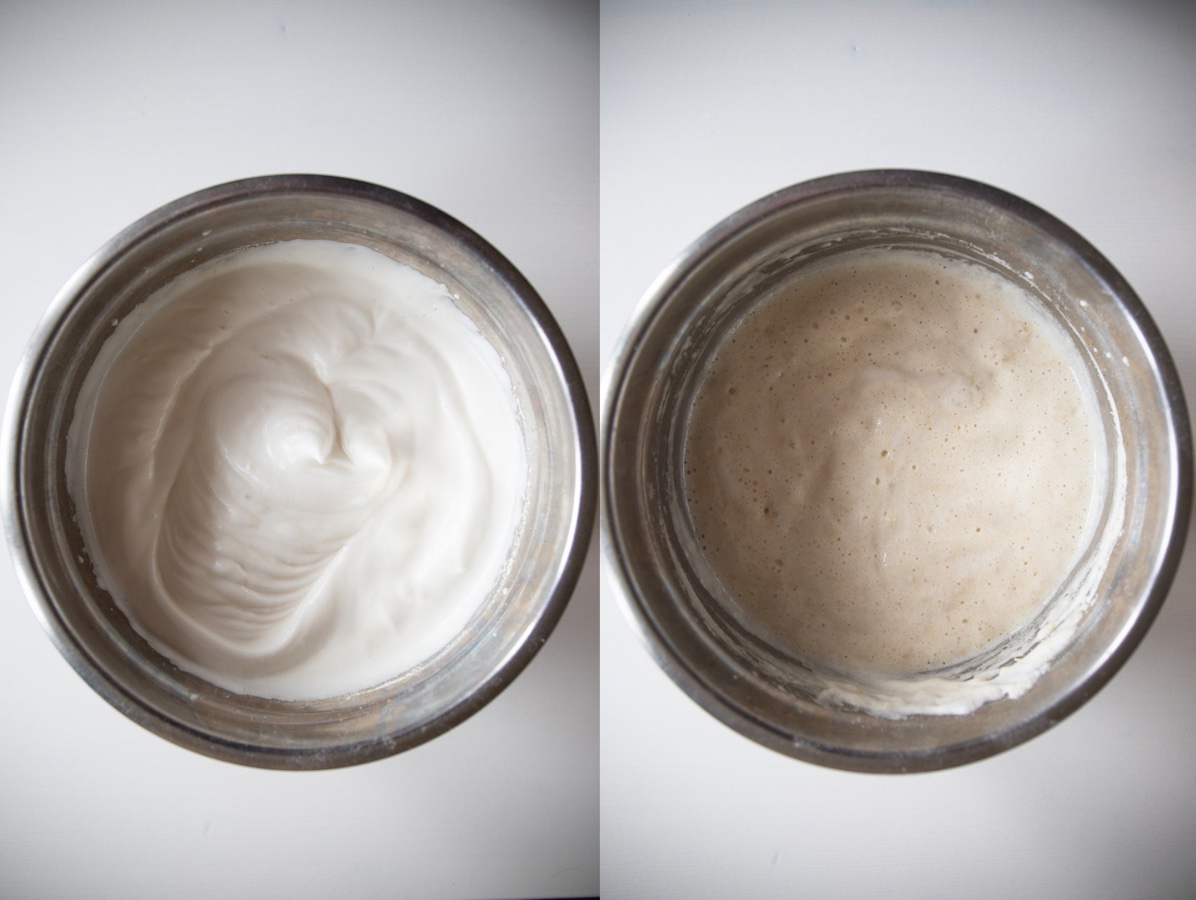
Step Three – Bake the Cake
Pour and spread the batter into a tube pan. Do not grease the tube pan. Bake at 330°F (165°C) for 50 minutes. A higher temperature won’t properly cook the cake.
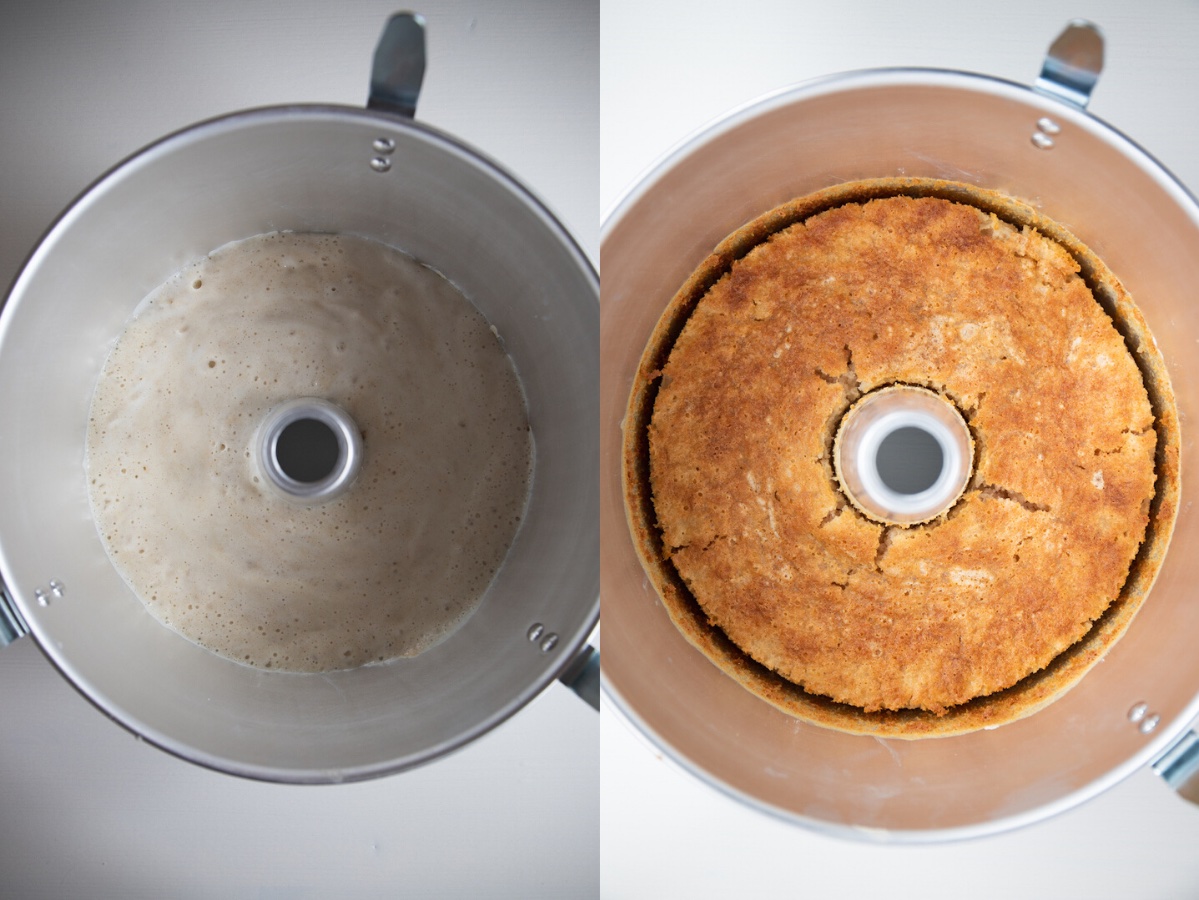
Step Four – Carefully Remove the Cake from the Pan
Remove the cake from the oven and let it cool completely in the pan. Do not turn it upside down like you would a classic angel food cake. Run a thin knife around the edges and the bottom to release. Turn the pan over and tap it on the counter a few times to help loosen the cake. Carefully flip it over onto a serving plate.
Step Five – Serve and Enjoy
Slice the cake using a serrated knife. A regular sharp knife will squish it. Serve dusted with powdered sugar, a dollop of whipped coconut cream and fresh berries.
The Devil’s in the Details
- This vegan cake bakes much lower than a typical angel food cake. Don’t be tempted to double the ingredients to make it taller; it will collapse. Bake two layers separately and then stack one on top of the other just before serving if you want to make it taller.
- The flour should be sifted. This helps to make the batter airier and the cake fluffier.
- Pulse granulated sugar into superfine sugar. Granulated sugar is too coarse for this delicate cake, and powdered sugar will simply melt into the aquafaba.
- Do not cool the cake upside-down like you would a typical angel food cake. It’s much too fragile for that.
- Use a serrated knife to slice the cake. A sharp knife will squish it, no matter how sharp it is.
- Do not grease the tube pan. Greasing the pan causes the batter to slip down the sides, preventing it from properly rising.
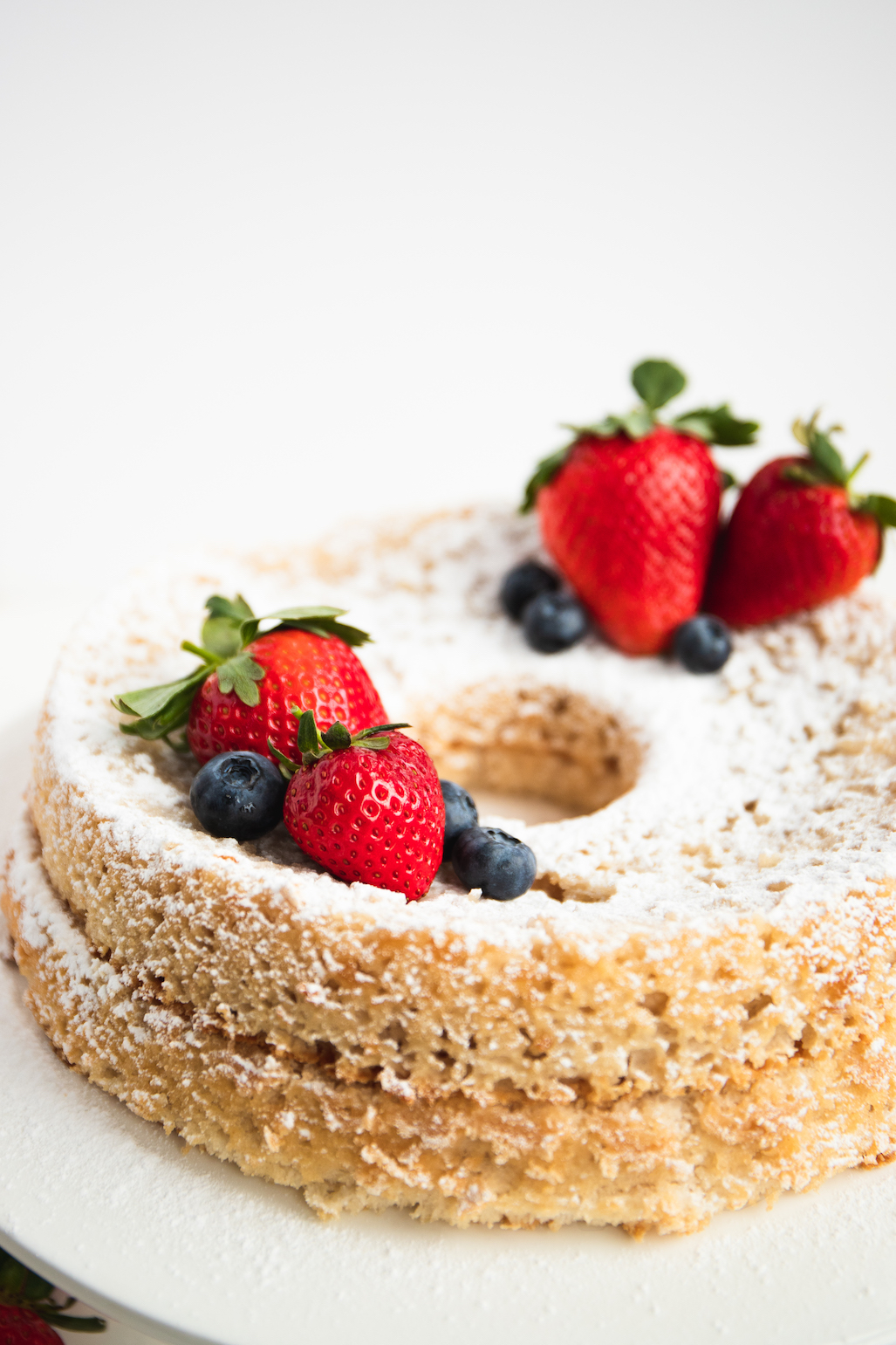
Vegan Angel Food Cake FAQs
What is aquafaba?
Aquafaba is essentially bean water that, when beaten, fluffs up just like egg whites and makes the perfect plant-based substitute for meringue. If you want to learn more about this virtually magic vegan egg replacer, here’s my article on what aquafaba is and how it can be used in baking.
Why add chickpea flour?
Chickpea flour, or besan flour, is a common vegan egg substitute, which helps to maintain a more stable texture, like it does in my vegan omelette.
Why add cream of tartar?
Cream of tartar is an acid that helps to stabilise the meringue, making it even fluffier. It’s commonly used in baking and can be found in the baking aisle of most grocery stores (it usually looks similar to baking powder).
Can I make any substitutions?
No, angel food cake is tricky enough to make, and a vegan angel food cake is that much more challenging. I strongly recommend following this recipe closely and not making any substitutions.
Can I use a bundt pan for angel food cake?
No, do not use a bundt pan for angel food cake, because it will be close to impossible to get the cake out in one piece. You need a tube pan with a flat bottom and straight sides, like this angel food cake pan that I’m using.
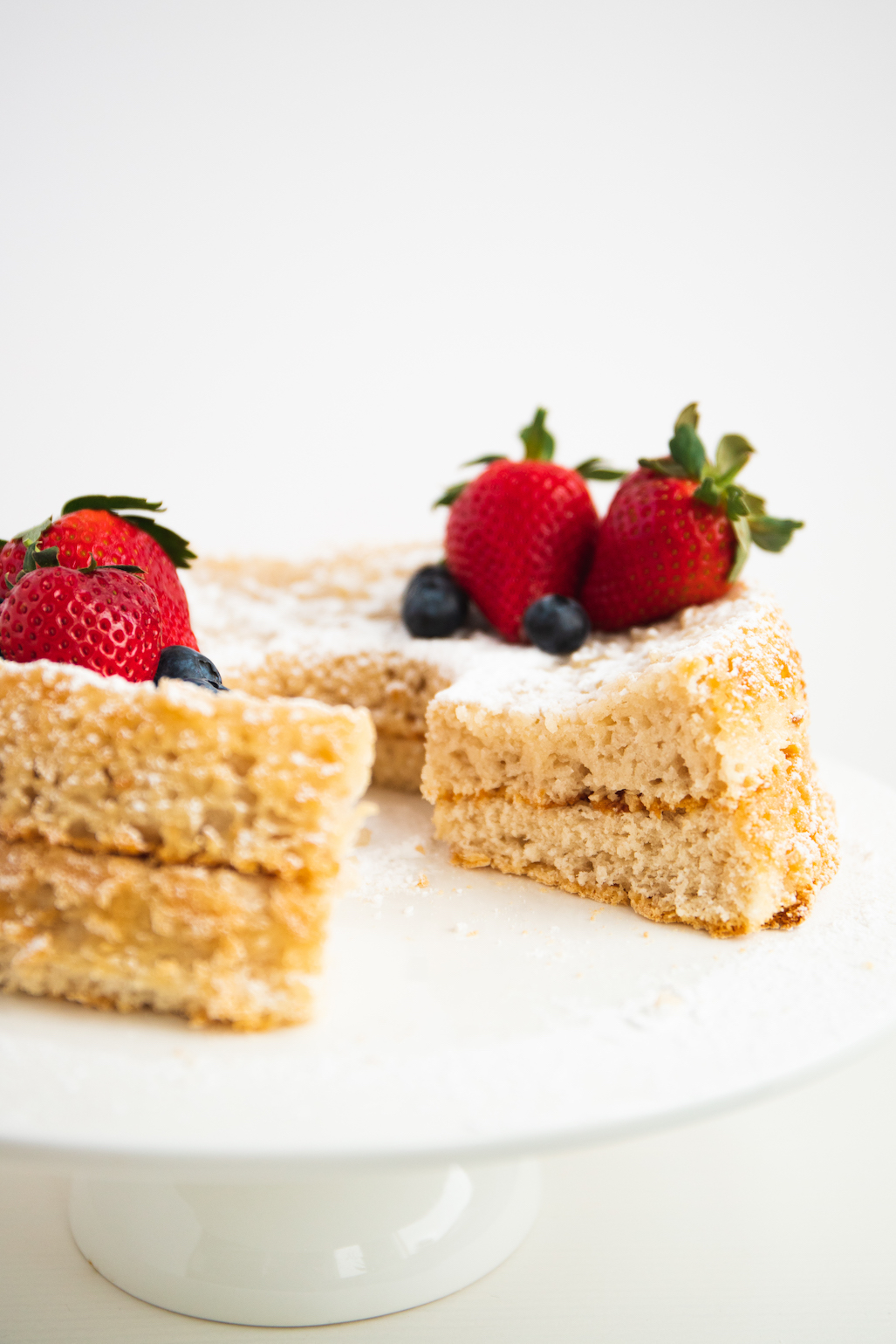
How long does it last?
Freshly baked angel food cake will keep for about 1 week in the fridge when properly stored. Cover it with foil or plastic wrap to prevent cake from drying out.
Does it freeze?
Yes, to freeze wrap the cake tightly with aluminium foil or plastic freezer wrap, or place in heavy-duty freezer bag. Properly stored, angel food cake will maintain best quality for about 4 to 6 months, but will remain safe beyond that time.
Why is it called angel food cake?
The name comes from its light and fluffy texture, which is “so light that angels could eat it and still fly without being weighted down”.
More Vegan Desserts
- Vegan Matcha Cheesecake
- Cherry Pie
- Vegan Bakewell Tart
- Vegan Strawberry Crumble
- Chocolate Avocado Brownies
Vegan Angel Food Cake
Ingredients
- ¾ cup aquafaba (liquid from a can of chickpeas)
- 1 ½ teaspoon cream of tartar
- 1 tablespoon vanilla extract
- 1 cup granulated sugar
- 1 tablespoon chickpea flour
- 1 cup 1 tablespoon all-purpose flour
Instructions
- Preheat the oven to 330°F (165°C).
- Pulse the granulated sugar into fine sugar. Use a food processor or blender.
- Put ¾ cup of aquafaba from a can of chickpeas into a large mixing bowl with cream of tartar and vanilla extract. Beat for at least 6 minutes with a hand mixer, first on low and then gradually increasing the speed to high.
- Add the powdered sugar slowly while continuing to beat the meringue on high for another 1-2 minutes.
- After you have beaten the aquafaba for at least 8 minutes, add a tablespoon of chickpea flour and beat for another minute.
- In 3 additions, slowly sift the flour mixture into the egg white mixture using a fine mesh strainer, gently folding with a rubber spatula after each addition. To avoid deflating or a dense cake, don’t add the flour mixture all at once. Sift and very slowly fold in several additions.
- Pour and spread batter into an ungreased 9 or 10 inch tube pan. Shimmy the pan on the counter to smooth down the surface.
- Bake the cake until a toothpick inserted comes out clean, about 45-50 minutes. Rotate the pan halfway through baking.
- Remove from the oven, then cool the cake in the pan for about 3 hours.
- Once cooled, run a thin knife around the edges and gently tap the pan on the counter until the cake releases.
- If desired, dust with confectioners’ sugar. Slice the cake with a sharp serrated knife.
- Serve with fresh berries and a dollop of whipped cream.
Recipe Notes
- Storing Instructions: freshly baked angel food cake will keep for about 1 week in the fridge when properly stored. Cover it with foil or plastic wrap to prevent cake from drying out.
- Freezing Instructions: to freeze wrap the cake tightly with aluminium foil or plastic freezer wrap, or place in heavy-duty freezer bag. Properly stored, angel food cake will maintain best quality for about 4 to 6 months, but will remain safe beyond that time.
- This is a recipe for one layer only. I you want to make the cake higher, bake two layers separately and stack them on top of the other.

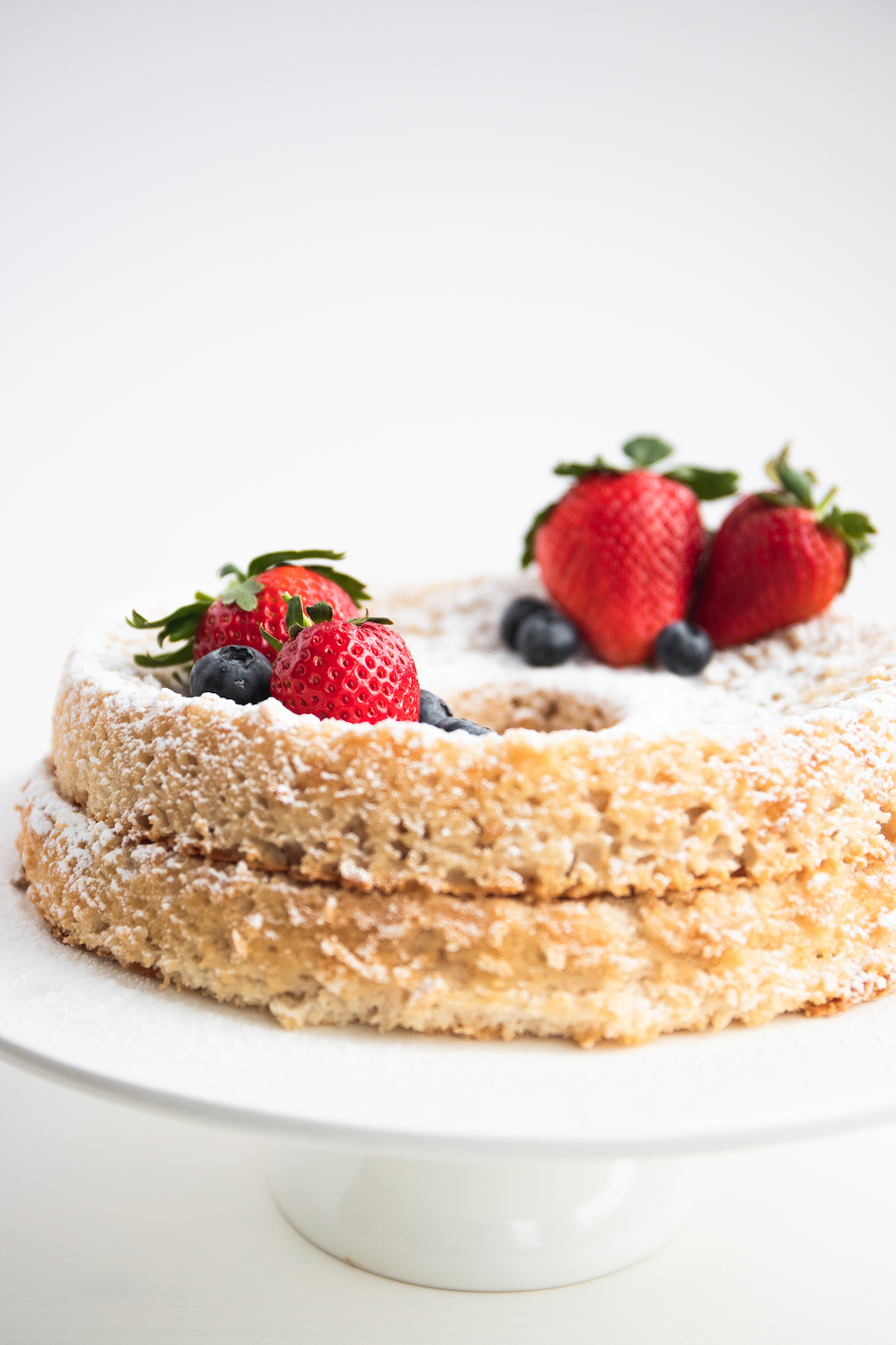
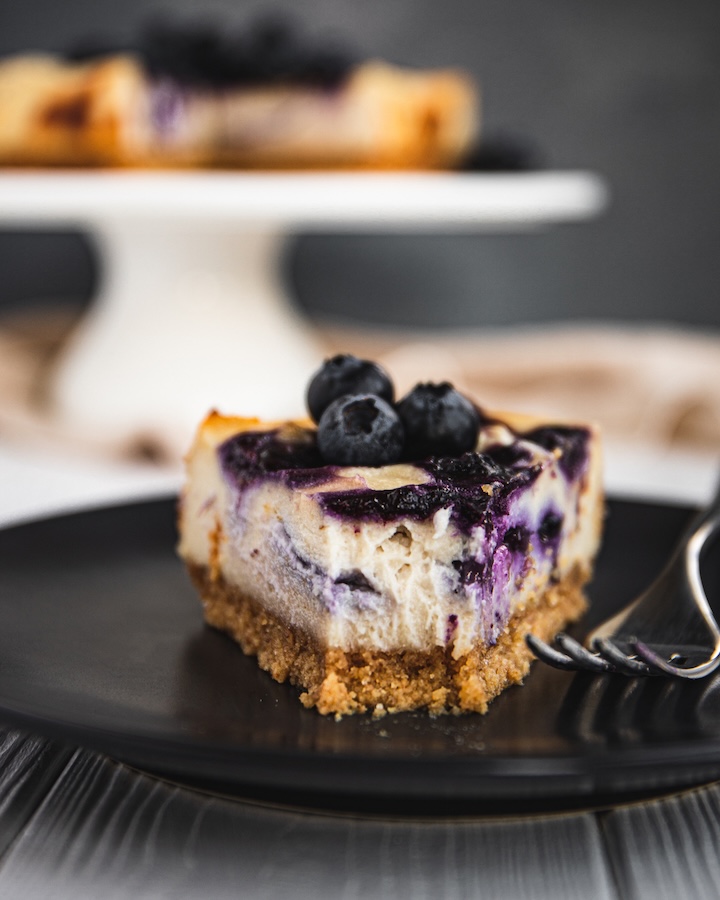
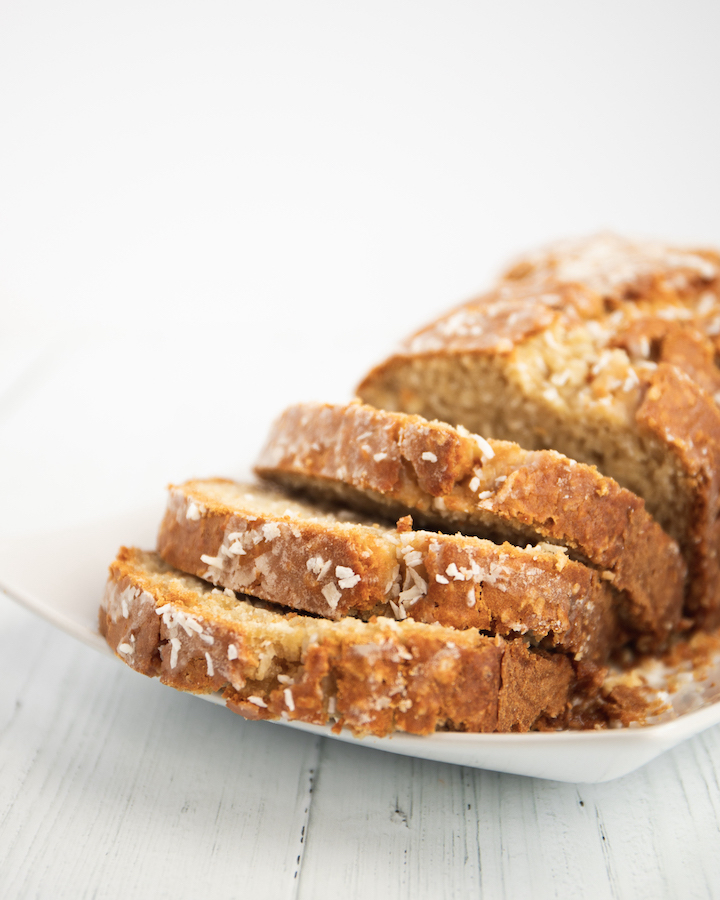
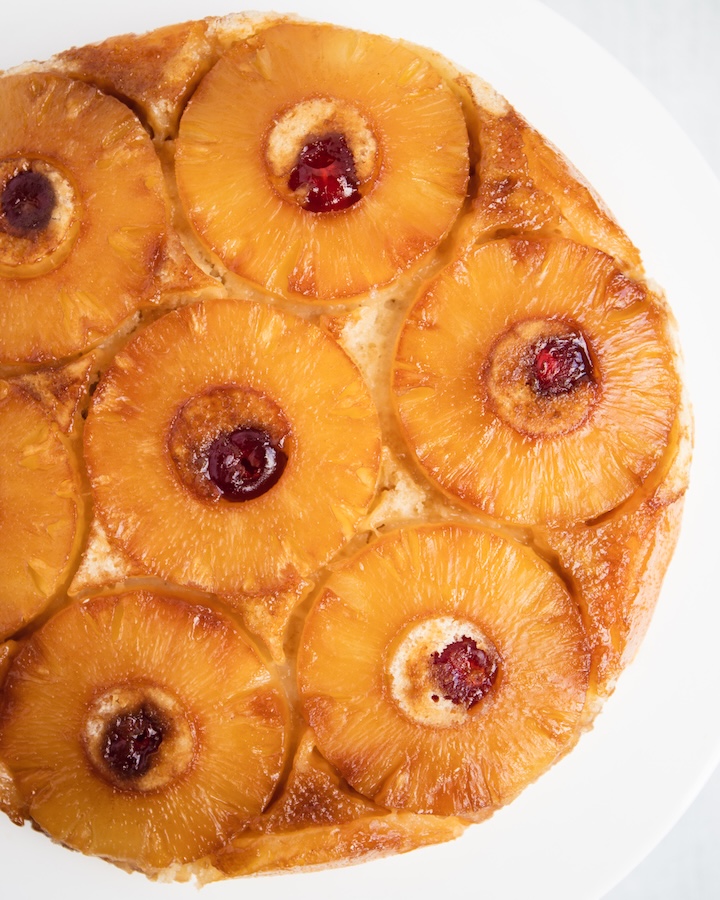
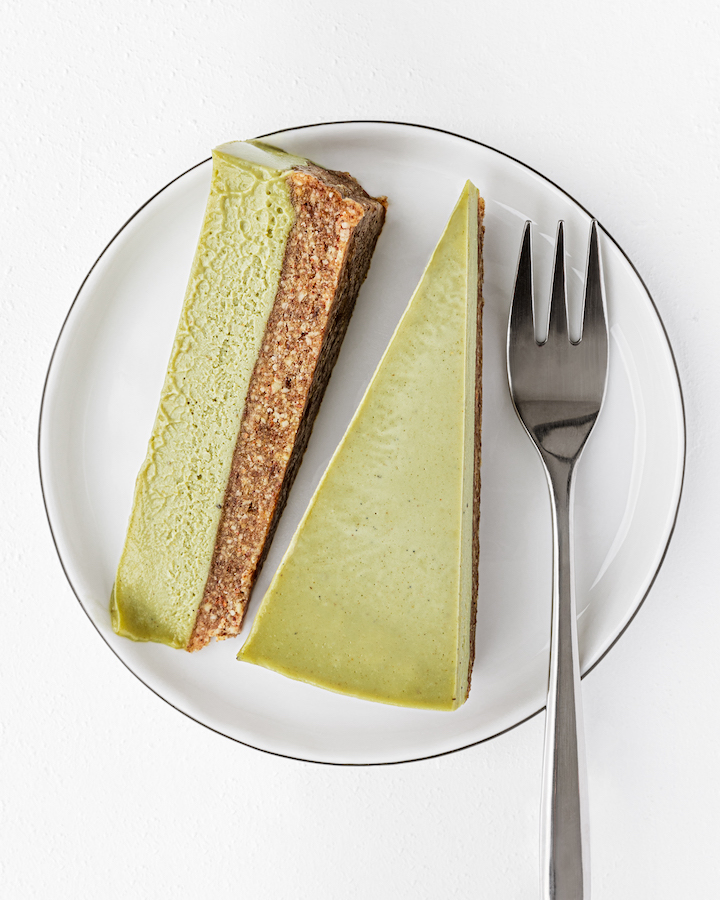
Leave a Reply